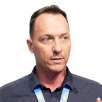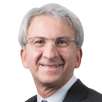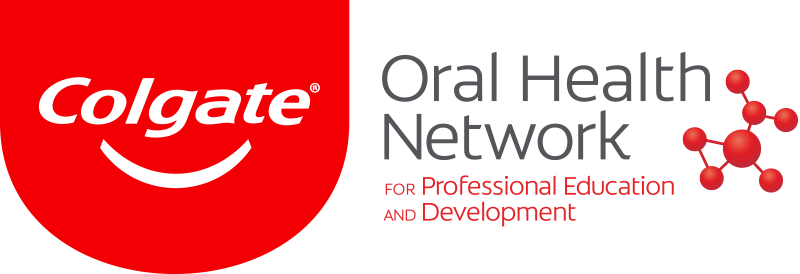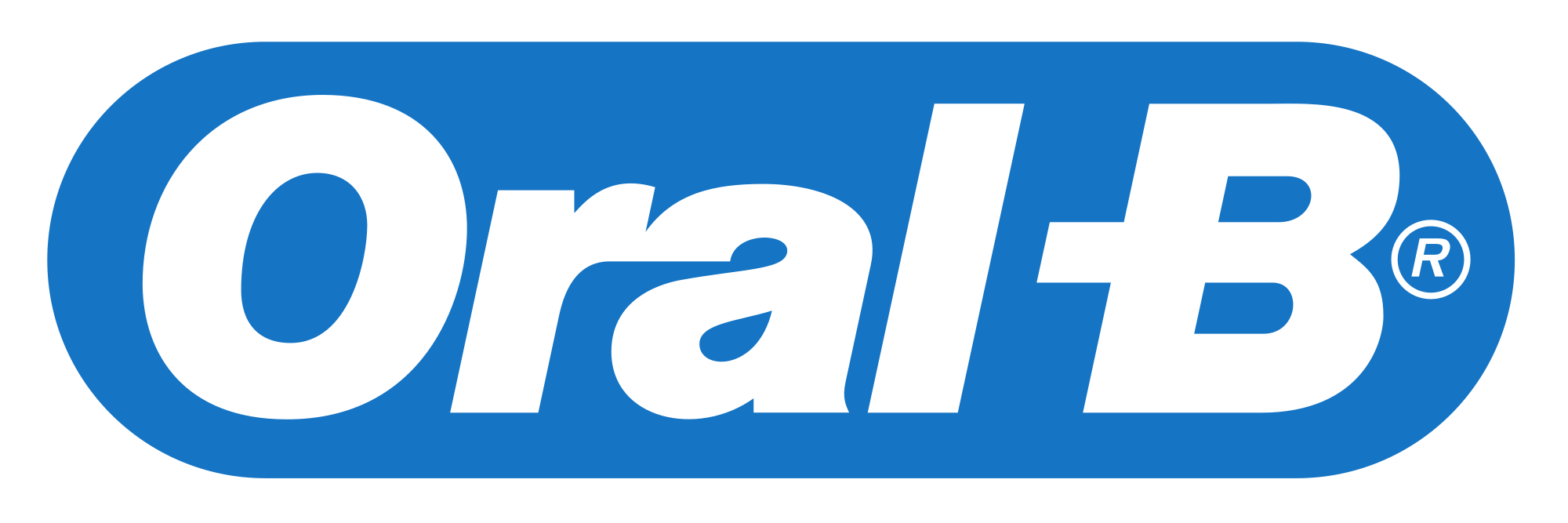NEW YORK, NY, USA: Dentists may soon be on the forefront of diagnosing a range of illnesses, thanks to a new laser technology that may enable them to analyse people’s breath. The technique, optical frequency comb spectroscopy, can detect minute traces of gases and compounds linked to numerous diseases including cancer.
Although the technology has not yet been tested in clinical trials, researchers from JILA (formerly known as the Joint Institute for Laboratory Astrophysics), a joint institute of the National Institute of Standards and Technology (NIST) and the University of Colorado at Boulder (CU-Boulder), expect lasers to soon enable doctors to screen people for diseases just by sampling their breath.
“This technique can give a broad picture of many different molecules in breath all at once,” explains Jun Ye, a fellow of JILA and NIST who led the research.
CU-Boulder graduate research assistant Michael Thorpe, Ye, CU-Boulder doctoral student Matthew Kirchner and former CU graduate student David Balslev-Clausen present the research in the February 18 online edition of Optics Express, the free, open-access journal published by the Optical Society of America.
People inhale a mixture of nitrogen, oxygen, carbon dioxide, water vapour and traces of other gases like carbon monoxide, nitrous oxide and methane. Exhaled breath contains less oxygen, more carbon dioxide and more than a thousand types of other molecules, most of which are present only in trace amounts.
Just as bad breath can indicate dental problems, excess methylamine may signal liver and kidney disease, ammonia may be a sign of renal failure, elevated acetone levels can indicate diabetes, and nitric oxide levels can be used to diagnose asthma. When many breath molecules are detected simultaneously, disease-specific information can be collected, Ye notes. Asthma, for example, can be detected more reliably when carbonyl sulfide, carbon monoxide and hydrogen peroxide are detected with nitric oxide.
Although breath analysis is already recognised as a non-invasive, low-cost procedure, its use is limited because equipment is not selective enough to detect trace amounts of molecules exhaled in human breath. “The new technique has the potential to be low-cost, rapid and reliable, and is sensitive enough to detect a much wider array of biomarkers all at once for a diverse set of diseases,” Ye says.
NEW YORK, NY, USA: A recent public opinion survey commissioned by Oral Health America found that in the past year, more than one-third (35 percent) of those...
LONDON, UK: Most American children do not see their family dentist until they are well over 2 years old, far later than is recommended by both dental ...
Dr Larry Emmott has more than 30 years of experience as a practicing dentist and has been speaking and writing on high-tech in dentistry for nearly 20 ...
It all started when Chip Rich, the creative director at a New York advertising agency, was asked by his brother-in-law to create an ad campaign for his ...
NEW YORK CITY: In a perfect world, most dentists would probably want to provide cone-beam volumetric imaging (CBVI) to their patients. After all, the ...
ORLANDO, FL / NEW YORK, NY: The 2010 Florida National Dental Convention (FNDC) will be held 10 to 12 June at the Gaylord Palms Resort and Convention Center ...
SAN JOSE, Calif., US: Align Technology has completed its acquisition of Cubicure, a polymer specialist and pioneer of direct 3D-printing technology based in...
HONOLULU, US: On 7 and 8 July, the Institute of Restorative and Esthetic Dentistry will be hosting its annual International Symposium on Dental Ceramics at ...
All-on-X immediate and delayed load full arch guided surgeries have become the pinnacle procedure in implant full mouth smile reconstruction. Full arch ...
SAN DIEGO, Calif., USA: A chemical compound associated with allergies in dental professionals has been announced Allergen of the Year by the American ...
Live webinar
Fri. 26 April 2024
12:00 PM EST (New York)
Live webinar
Mon. 29 April 2024
12:30 PM EST (New York)
Prof. Roland Frankenberger Univ.-Prof. Dr. med. dent.
Live webinar
Tue. 30 April 2024
1:00 PM EST (New York)
Live webinar
Fri. 3 May 2024
1:00 PM EST (New York)
Live webinar
Tue. 7 May 2024
8:00 PM EST (New York)
Live webinar
Thu. 9 May 2024
8:00 PM EST (New York)
Live webinar
Mon. 13 May 2024
1:00 PM EST (New York)
Doc. MUDr. Eva Kovaľová PhD.



 Austria / Österreich
Austria / Österreich
 Bosnia and Herzegovina / Босна и Херцеговина
Bosnia and Herzegovina / Босна и Херцеговина
 Bulgaria / България
Bulgaria / България
 Croatia / Hrvatska
Croatia / Hrvatska
 Czech Republic & Slovakia / Česká republika & Slovensko
Czech Republic & Slovakia / Česká republika & Slovensko
 France / France
France / France
 Germany / Deutschland
Germany / Deutschland
 Greece / ΕΛΛΑΔΑ
Greece / ΕΛΛΑΔΑ
 Italy / Italia
Italy / Italia
 Netherlands / Nederland
Netherlands / Nederland
 Nordic / Nordic
Nordic / Nordic
 Poland / Polska
Poland / Polska
 Portugal / Portugal
Portugal / Portugal
 Romania & Moldova / România & Moldova
Romania & Moldova / România & Moldova
 Slovenia / Slovenija
Slovenia / Slovenija
 Serbia & Montenegro / Србија и Црна Гора
Serbia & Montenegro / Србија и Црна Гора
 Spain / España
Spain / España
 Switzerland / Schweiz
Switzerland / Schweiz
 Turkey / Türkiye
Turkey / Türkiye
 UK & Ireland / UK & Ireland
UK & Ireland / UK & Ireland
 International / International
International / International
 Brazil / Brasil
Brazil / Brasil
 Canada / Canada
Canada / Canada
 Latin America / Latinoamérica
Latin America / Latinoamérica
 China / 中国
China / 中国
 India / भारत गणराज्य
India / भारत गणराज्य
 Japan / 日本
Japan / 日本
 Pakistan / Pākistān
Pakistan / Pākistān
 Vietnam / Việt Nam
Vietnam / Việt Nam
 ASEAN / ASEAN
ASEAN / ASEAN
 Israel / מְדִינַת יִשְׂרָאֵל
Israel / מְדִינַת יִשְׂרָאֵל
 Algeria, Morocco & Tunisia / الجزائر والمغرب وتونس
Algeria, Morocco & Tunisia / الجزائر والمغرب وتونس
 Middle East / Middle East
Middle East / Middle East
:sharpen(level=0):output(format=jpeg)/up/dt/2024/04/Envista-names-Paul-Keel-new-CEO-1.jpg)
:sharpen(level=0):output(format=jpeg)/up/dt/2024/02/vVARDIS_article_1920x1080px.jpg)
:sharpen(level=0):output(format=jpeg)/up/dt/2024/04/Study-links-e-cigarette-use-with-increased-risk-of-heart-failure.jpg)
:sharpen(level=0):output(format=jpeg)/up/dt/2024/04/web_FDC_small.jpg)
:sharpen(level=0):output(format=jpeg)/up/dt/2024/04/web_Bassi.jpg)








:sharpen(level=0):output(format=png)/up/dt/2023/03/ACTEON_NEW-logo_03-2024.png)
:sharpen(level=0):output(format=png)/up/dt/2014/02/A-dec.png)
:sharpen(level=0):output(format=png)/up/dt/2022/10/DMP-logo-2020_end.png)
:sharpen(level=0):output(format=png)/up/dt/2014/02/MIS.png)
:sharpen(level=0):output(format=png)/up/dt/2022/01/Sprintray_Logo_2506x700.png)
:sharpen(level=0):output(format=png)/up/dt/2014/02/3shape.png)
:sharpen(level=0):output(format=jpeg)/up/dt/e-papers/330729/1.jpg)
:sharpen(level=0):output(format=jpeg)/up/dt/e-papers/330727/1.jpg)
:sharpen(level=0):output(format=jpeg)/up/dt/e-papers/330725/1.jpg)
:sharpen(level=0):output(format=jpeg)/up/dt/e-papers/325039/1.jpg)
:sharpen(level=0):output(format=jpeg)/up/dt/e-papers/325007/1.jpg)
:sharpen(level=0):output(format=jpeg)/up/dt/e-papers/313543/1.jpg)
:sharpen(level=0):output(format=jpeg)/up/dt/2017/01/b9ca825b98eb38d115087faf428c5ed5.jpg)

:sharpen(level=0):output(format=jpeg)/up/dt/2024/04/Envista-names-Paul-Keel-new-CEO-1.jpg)
:sharpen(level=0):output(format=gif)/wp-content/themes/dt/images/no-user.gif)
:sharpen(level=0):output(format=jpeg)/up/dt/2011/09/33ff287505993f301ab053bb42e2713e.jpg)
:sharpen(level=0):output(format=jpeg)/up/dt/2009/10/8a6df16f663e5be17fe148fa0f0e0da5.jpg)
:sharpen(level=0):output(format=jpeg)/up/dt/2011/05/45b1129b9c2264d8aee7679dd6c78ce0.jpg)
:sharpen(level=0):output(format=jpeg)/up/dt/2011/02/c109e980d0cf521c66fcabd6055f9bf8.jpg)
:sharpen(level=0):output(format=jpeg)/up/dt/2010/10/992d5d255f8b6943a0712c8bd5277ad0.jpg)
:sharpen(level=0):output(format=jpeg)/up/dt/2010/05/0c36701eff0b15c884c5ef7494f1c94b.jpg)
:sharpen(level=0):output(format=jpeg)/up/dt/2024/01/3D-printing-acquisition-may-help-Align-Technology-to-break-the-mould.jpg)
:sharpen(level=0):output(format=jpeg)/up/dt/2023/06/Shutterstock_1176264520-1.jpg)
:sharpen(level=0):output(format=jpeg)/up/dt/2022/09/web_teeth2.jpg)
:sharpen(level=0):output(format=jpeg)/up/dt/2017/01/0c9bf9e2312225b663c5f3be6b93eb54.jpg)






:sharpen(level=0):output(format=jpeg)/up/dt/2024/04/Envista-names-Paul-Keel-new-CEO-1.jpg)
:sharpen(level=0):output(format=jpeg)/up/dt/2024/02/vVARDIS_article_1920x1080px.jpg)
:sharpen(level=0):output(format=jpeg)/up/dt/2024/04/Study-links-e-cigarette-use-with-increased-risk-of-heart-failure.jpg)
:sharpen(level=0):output(format=jpeg)/up/dt/e-papers/330727/1.jpg)
:sharpen(level=0):output(format=jpeg)/up/dt/e-papers/330725/1.jpg)
:sharpen(level=0):output(format=jpeg)/up/dt/e-papers/325039/1.jpg)
:sharpen(level=0):output(format=jpeg)/up/dt/e-papers/325007/1.jpg)
:sharpen(level=0):output(format=jpeg)/up/dt/e-papers/313543/1.jpg)
:sharpen(level=0):output(format=jpeg)/up/dt/e-papers/330729/1.jpg)
:sharpen(level=0):output(format=jpeg)/up/dt/e-papers/330729/2.jpg)
:sharpen(level=0):output(format=jpeg)/wp-content/themes/dt/images/3dprinting-banner.jpg)
:sharpen(level=0):output(format=jpeg)/wp-content/themes/dt/images/aligners-banner.jpg)
:sharpen(level=0):output(format=jpeg)/wp-content/themes/dt/images/covid-banner.jpg)
:sharpen(level=0):output(format=jpeg)/wp-content/themes/dt/images/roots-banner-2024.jpg)
To post a reply please login or register